The Yu-Gi-Oh! trading card game is international, and as such, there are a few differences in the cards between various countries. One of the most notable of the changes is the hundreds of instances of censorship in the American versions of card art.
Whether cards are censored for sexual themes, violence, religious reasons, or anything else, there is a ton of censorship in the game. Why Konami feels that the international audience can't be exposed to anything is unknown, but there are plenty of examples of cases of censorship that were taken way too far that just doesn't make any sense.
10 Monster Reborn
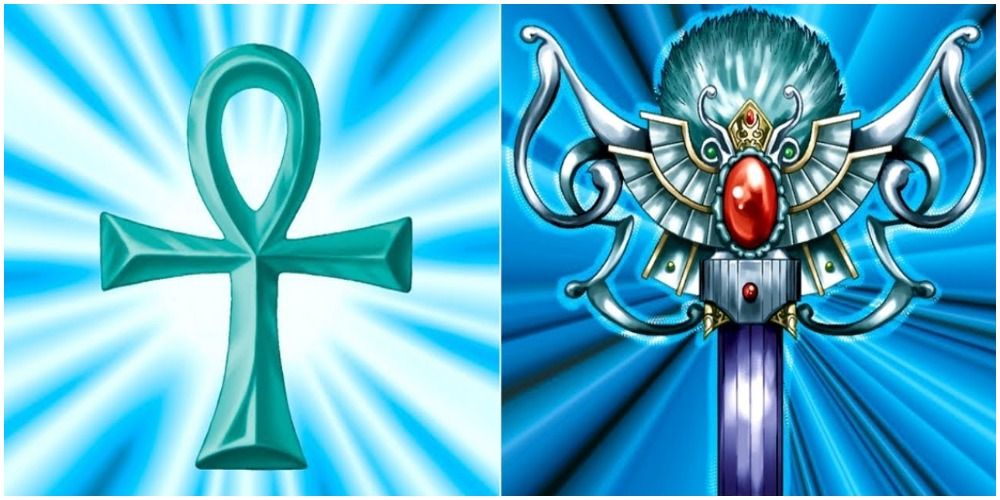
Monster Reborn was a very basic card in the Japanese version of the game. It was an ankh that was turned into... something completely other in the international artwork.
This is one of many cards that was altered because of the use of ancient Egyptian iconography. This is one card that was re-introduced with its original with Konami's Lost Art program. A few other cards on this list, like Exodia and Dark Magician Girl, have also received this treatment.
9 Exodia
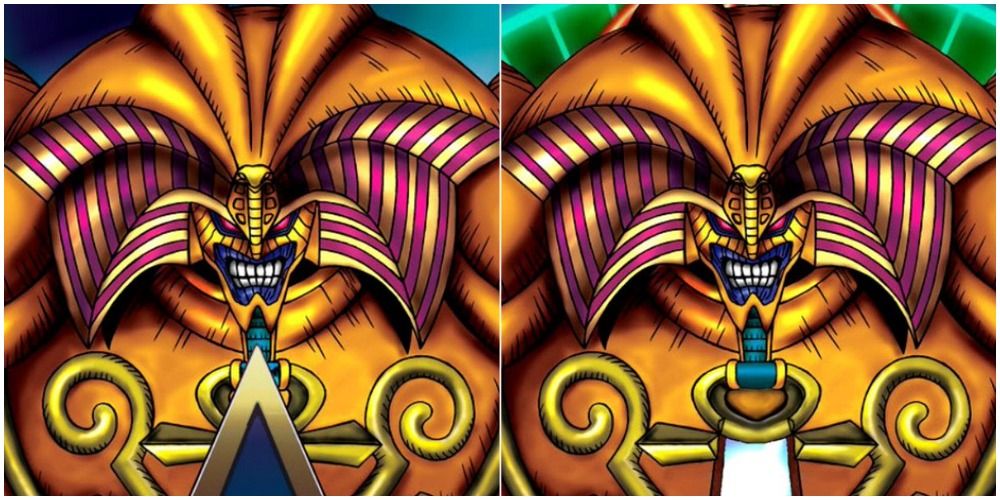
Yu-Gi-Oh! loves pentagrams, and Konami does not like that Yu-Gi-Oh! loves pentagrams. As such, the pentagrams that were featured in Exodia's artwork were removed and replaced with Spellbinding Circle, which sort of makes sense in terms of Exodia's lore.
Either way, it certainly makes the all-powerful beast seem a lot less intimidating. Players still lose if it's summoned at the very least!
8 All Versions Of Dark Magician Girl
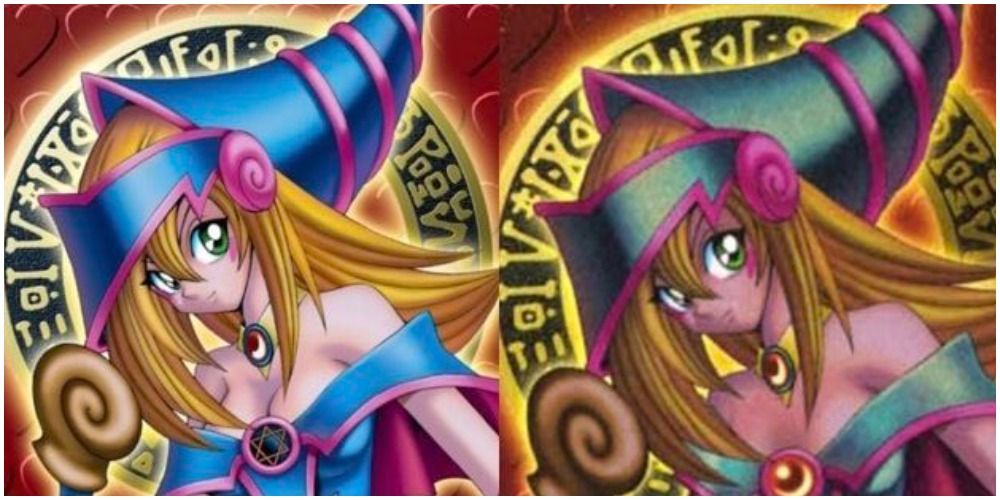
Despite having one of the highest amounts of alternate card artwork in the game, every single variant of Dark Magician Girl has been altered. These alterations always do two things, lessen the focus of her body shape and remove the hexagram from her outfit.
These changes are silly at best, because the Dark Magician Girl art is in no way obscene, and the hexagram is a barely notable aspect of her artwork that can be tied to witches if desired. Dark Magician Girl, additionally, it must be said, is actually a witch.
7 Destiny Board
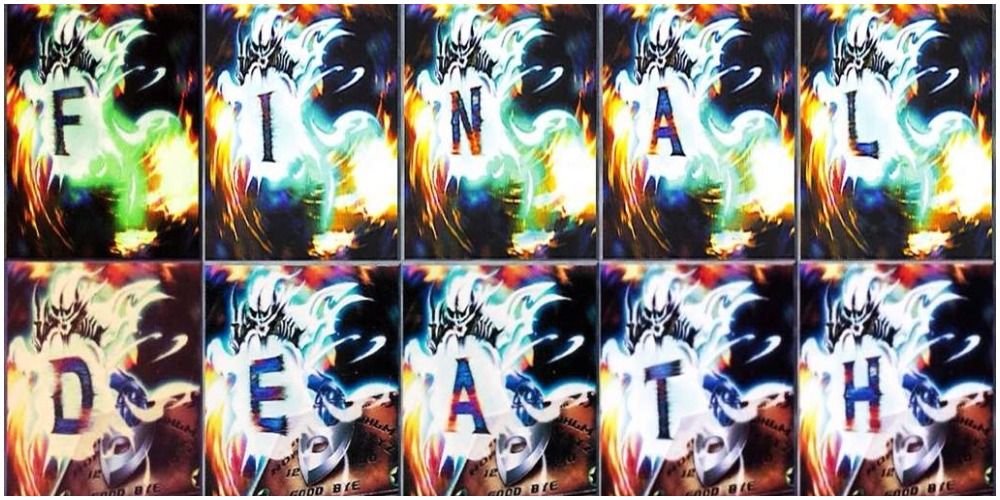
A couple of things are going on with the Destiny Board cards. In the Japanese version, once every card that is needed to spell "DEATH" is on the field, the opponent loses the game.
In other versions, the player must spell "FINAL" instead. In addition, the ouija board is removed because, once again, any mention of spirits and witchcraft is carefully removed.
6 Graceful Charity
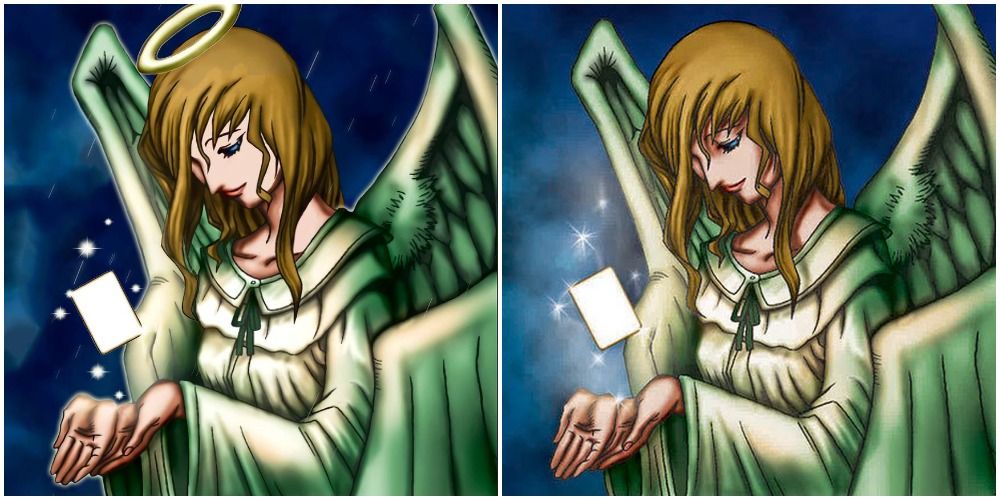
Graceful Charity has had a rough go of it in the card game. It has been banned in some manner for most of its existence, and its card art was also censored.
This censorship removed the card's halo in order to remove any sort of religious connotations, a change that seems rather pointless.
5 Blackwing Armed Wing
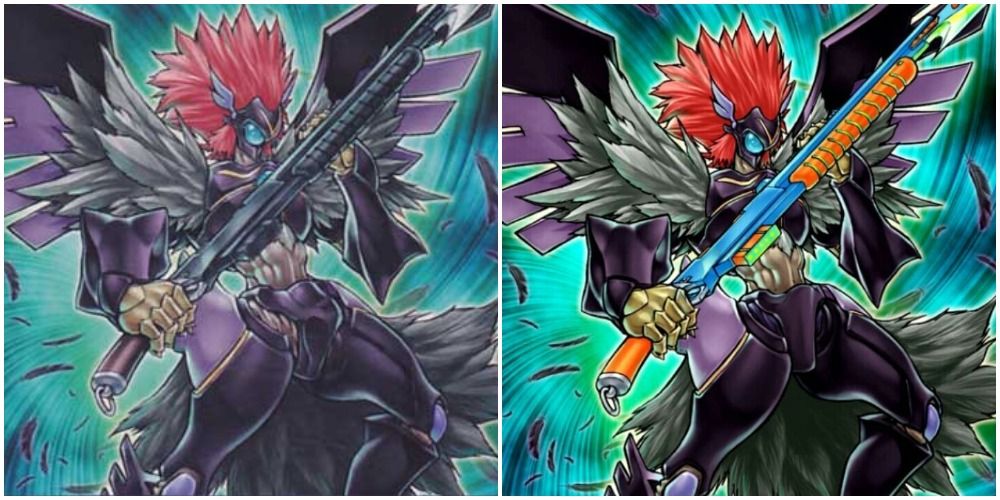
The most notable change to this card is the absolutely delightful water gun that Blackwing Armed Wing is now being forced to use in the international version of the card. There is one other cheeky little change, however.
The card's art was altered slightly to remove any possible connections with male genitals. Because this giant bird monster was getting to be just far too suggestive. Another overly conservative move, it seems.
4 Axe Of Despair

In the Japanese artwork for Axe of Despair, the axe is made out of some little fun demon-type face. But this just can't stand for the Americanized version, with its stringent need to remove anything too demonic or unnatural.
Instead, the face is awkwardly remade into a bulbous wooden shape.
3 Dramatic Rescue
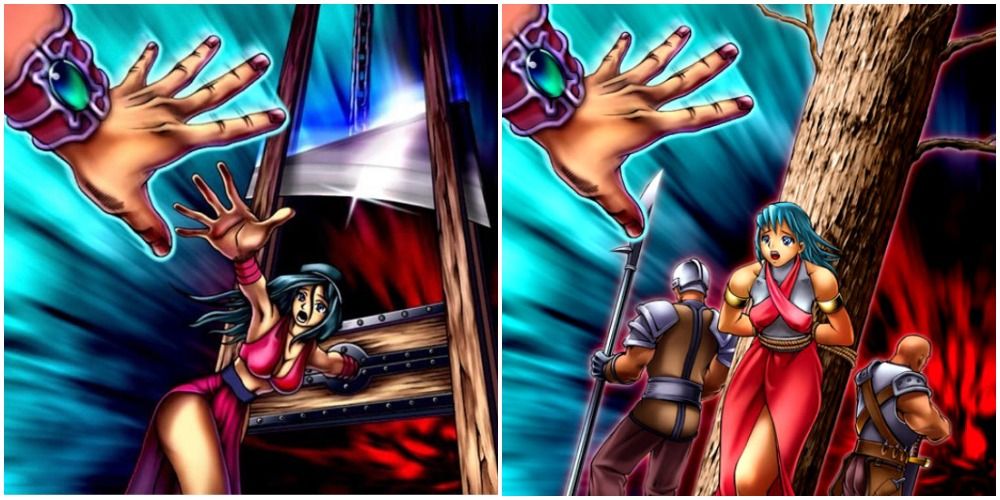
Dramatic Rescue is one of the most censored cards on the list, because it has a completely different scenario in the international version.
In the Japanese version, the woman being dramatically rescued is about to have her hand chopped off, she needs some help. It also seems way too late, but that's beside the point. In the alternative version, she's just tied to a tree. This is far less dramatic and the urgency is lost. Of course, the woman's outfit is redrawn as well.
2 Barrel Dragon
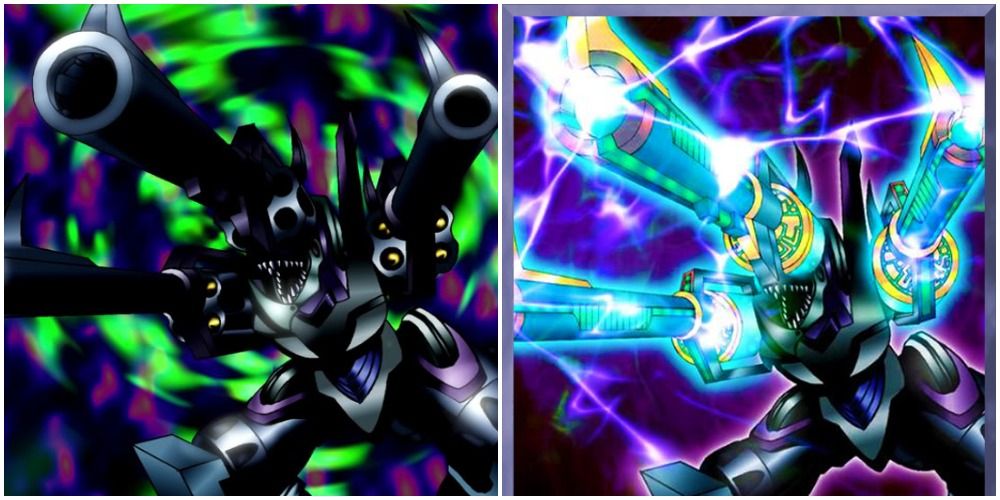
Barrel Dragon was hilariously censored because it sort of looks like it is made of real guns. Yes, this dragon that is made out of guns looks far too realistic and is too violent, so it has to be censored and replaced with lasers!
This artwork change is really just hilarious. There are a couple cannons on the original artwork, nothing anyone would be scared of.
1 Double Payback
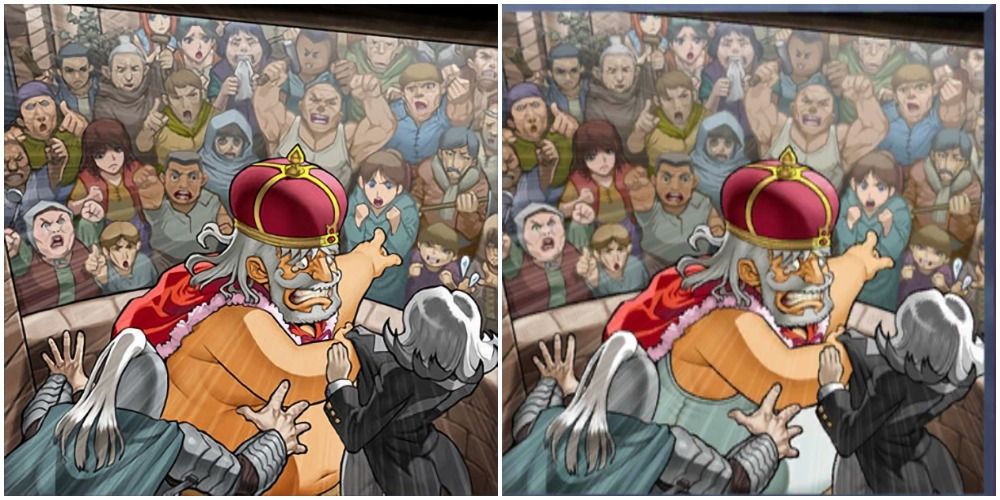
Double Payback is one of the most hilarious examples of censorship in Yu-Gi-Oh!. It is absolutely not needed in any way whatsoever to cover the King's stomach, yet the censorship stands.
Once again, it seems truly like a pointless change.
from ScreenRant - Feed https://ift.tt/2LIxsgB

0 Comments